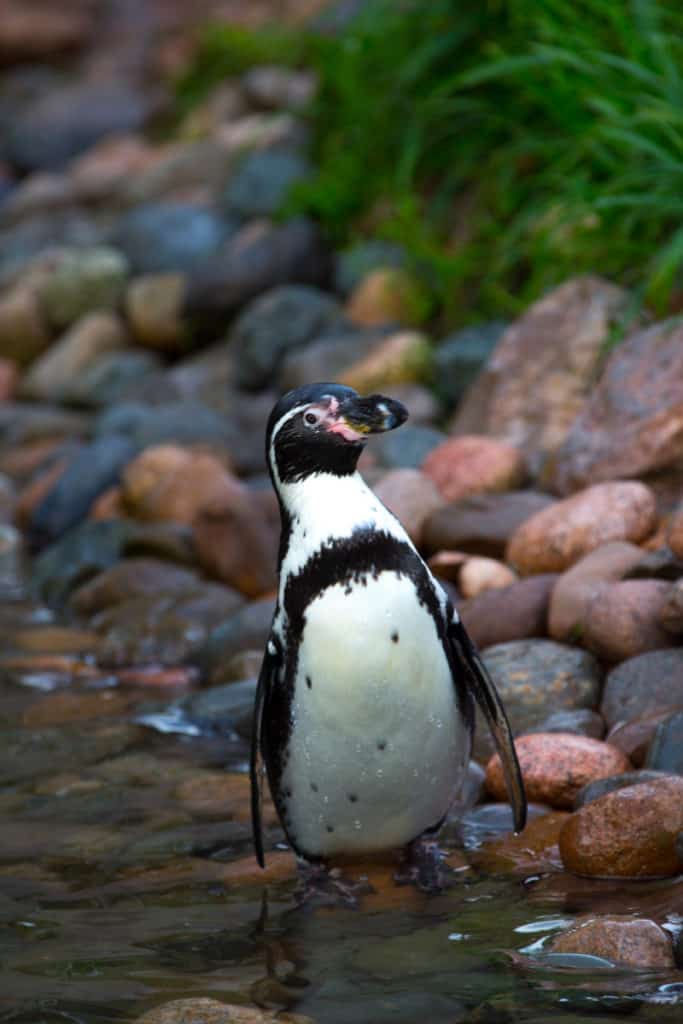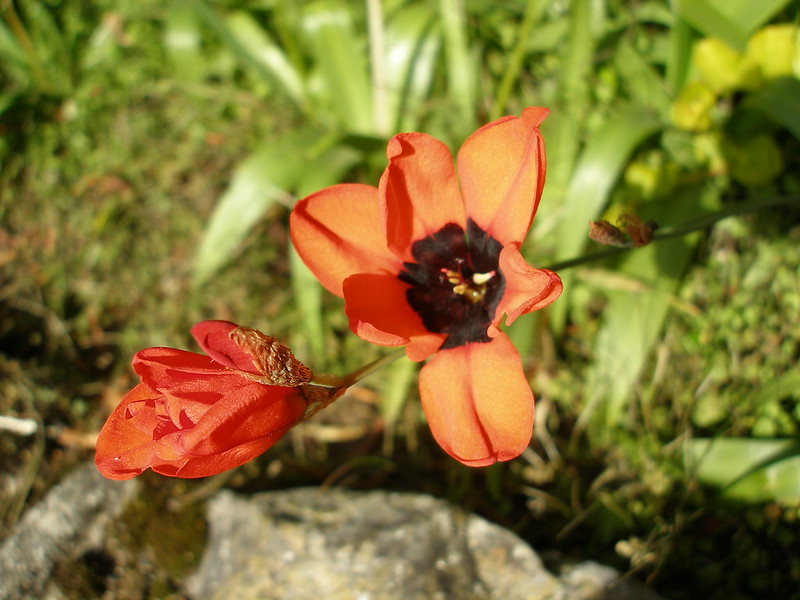
African Penguin Facts
- This intriguing product of Nature and evolution most frequently goes by the informative common name of the African Penguin. That is not its only informal moniker, though. It also bears the names of South African Penguin and Cape Penguin.
- Among scientific professionals, however, such as researchers, its better known by another term. That’s the official species name of the Spheniscus demersus. Regardless of which of these one uses to refer to it, the bird remains an impressive creature.
- It received this tongue-twisting name due to the work of the eminent Swedish researcher, Carl Linaeus. He accomplished the first known recognition of the animal as a separate and distinct species. The scientifically noteworthy event took place in 1758.
- It also remains well-known for a somewhat unusual physical trait. That’s its distinctive, and quite loud, donkey-like braying, unique among its kindred. Subsequent to its discovery, this led to its also earning it the nickname of the donkey penguin.
- Sadly, however, this unique avian now faces the very real threat of extinction. This fact occurs due to a rapid and still ongoing decline in population. Between 1910 and 2010, its numbers fell precipitously. That went from an estimated 1.5 million to only 55,000.
- Humans previously hunted its eggs for consumption, beginning the process of its decline. Since that time, multiple oil spills and industrial fishing have further reduced its numbers. With climate change added in, the IUCN now lists it as Endangered.
Related Articles



Adelie Penguin

African Penguin Physical Description
Like many of its relatives, the amazing African Penguin draws the attention of those fortunate enough to encounter it. Unlike some of those same cousins, however, it does not do so due to pure size. That’s because this marvel of creation ranks as average-sized.
The flightless bird does stand out due to another physical aspect, though. That’s irrelevant of its physical measurements. That’s true given the fact that this variety of penguin displays only a slight degree of the physiological characteristic of sexual dimorphism.
Individuals of both genders, therefore, both mature and immature alike, manifest nearly the same overall appearance. The gender-based difference extends to both weight and height. Overall, however, the species measures an average of 24 – 28 in (61 – 71 cm).
In terms of sheer body mass, this avian again reaches only an average size for its kind. Fully grown specimens reach overall weights averaging between 4.9 – 7.7 lb (2.2 – 3.5 kg). Females of the species, meanwhile, tend to remain slightly smaller in both height and weight.
Exceptional individuals of both sexes of the African Penguin do sometimes occur, however, in both height and weight. Even among these rare individuals, though, neither attribute exceeds the average by any extraordinary degree. In this, it again mimics most of its cousins.
Its general appearance closely follows other penguins. The back is mostly black, and the stomach white. A black stripe and black spots dot the stomach, unique to each bird. A pink gland develops above the eyes, which plays a key role in regulating its body temperature.
- Kingdom: Animalia
- Phylum: Chordata
- Class: Aves
- Order: Sphenisciformes
- Family: Spheniscidae
- Genus: Spheniscus
- Species: S. demersus

African Penguin Distribution, Habitat, and Ecology
The mesmerizing African Penguin inhabits a highly limited region of the globe. That region, however, is rather surprising, given the nature of the animal. That’s due to the fact that, as the very name implies, this particular penguin inhabits part of the continent of Africa.
More precisely, it inhabits an area off the southwestern coast of that continent. There, the eye-catching birds make their home spread across a total of 24 islands. The isles they live on dot a large area of ocean that extends from Algoa Bay, in South Africa, to Namibia.
In recent years, a few mainland colonies have begun to appear. Although the reason still remains undetermined conclusively, it seems likely due to the rapid decline of mainland predators in the region. In all areas, though, it lives along the coastline, near the water.
Again, much like related species, the African Penguin forages in the open sea. There, it mainly preys on species of small fish, crustaceans, and even small squid. The animals stay close to shore, though. Individuals rarely venture more than 12 mi (19.3 km) from shore.
Unfortuntely, its own natural predators occur both in the sea and on land, as well. These mostly include sharks and fur seals at sea. Numerous terrestrial animals threaten it while on land or nesting, however. Though agile in the water, it remains slow and vulnerable on land.
Species Sharing Its Range



Check out our other articles on 6 Extremely Localized Invertebrates, Leaping Lesbian Lizard, Prohodna Cave, Regal Moth, Vervet Monkey, Indian Giant Squirrel, Blue Shark, Fire Salamander









Leave a Reply